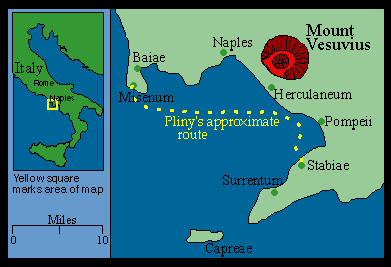








The History of Pompeii
The city of Pompeii was an ancient Roman town-city located in Italy, near modern Naples. The city of Pompeii was destroyed in the volcanic eruption of Mount Vesuvius in 79 A.D. With an estimated population of 20,000 people the city was filled with wonderful architecture and artifacts. Sadly, with the eruption of Mount Vesuvius two thousand people died and the city was buried under a thick layer of ash for years (History.com).
Discovered by a group of explores in 1748, in the excavation site "Civita" it was amazing to see that the city though covered in ash was still intact. It is still possible to see all the buildings, artifacts, and all the citizens of Pompeii still preserved in their last moments before death (History.com).
 |  |  |
|---|---|---|
 |  |

Created By:
Luis Guerra
Phillip Hassel
Sara Gordon
Sanya Jeffrey
Life In Pompeii
Rome was once a very small feeble state that held very little power in its own and those around it. Rome was once under a Monarchy around 509 B.C.E and they subsequently got rid of their king and established a new republic. The men of the wealthy class established this new republic and they became known as patricians (100). As the wealthy class was obviously in higher command there became a drift in the equality in the say of the lower class citizens of Rome. As stated in the text “a system of public assemblies provided an opportunity for lower class to shape public policy” (100). For the first time in the uprising of a great civilization the lower class actually had a say in how government was delegating issues regarding the empire. The success of this new form of government for the Romans led them to have pride in their new republic as well as the feeling of more freedoms compared to other nations around them. Romans also enjoyed great success from their army which was essential as to how the nation continued to expand and obtain lands from neighboring nations (Strayer, Robert).